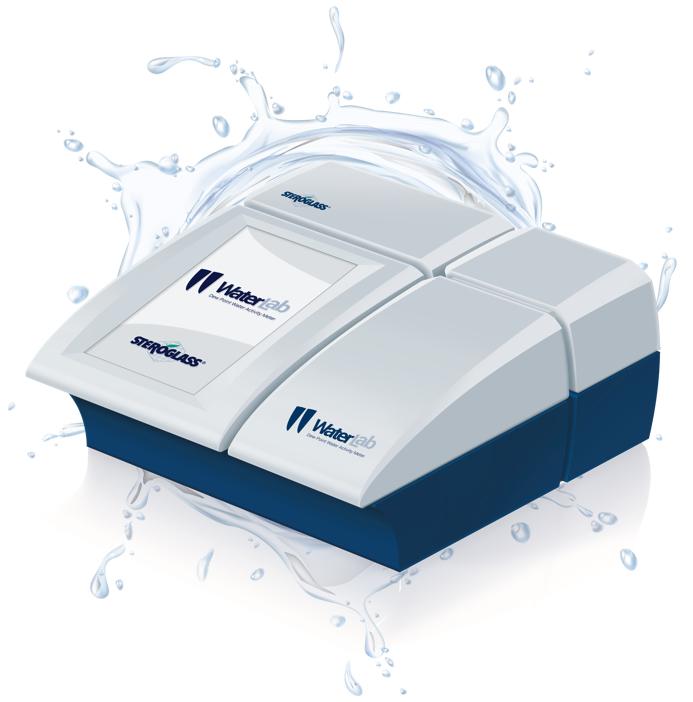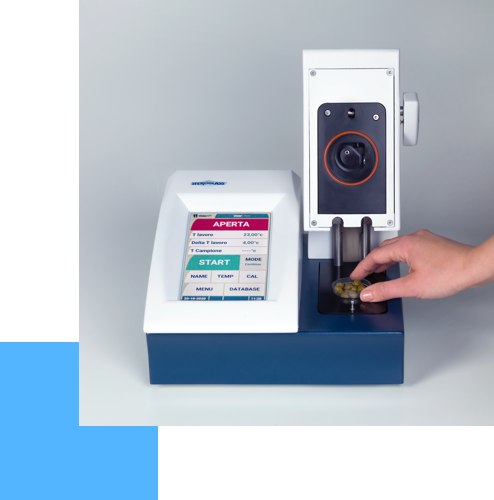WHY WATER ACTVITY (aW) IS ESSENTIAL FOR PACKAGED FOOD MANUFACTURERS
The history of the development of food technology has led us – since the second half of the last century – to a mad rush aimed at offering consumers long- or medium-life products, in many cases following reckless market trends, rather than assessing the nutritional features of the food in question.
The range of packaged food has grown to include pizza-flavoured crisps or beverages with an orange flavour but which contain no trace of vitamin C or other natural elements. Today, in order to make sure that packaged food makes sense nutritionally and may constitute a solid basis for the diets of young generations, we need to do everything possible to make sure that the greatest possible effort is made in terms of research to use preservatives which are increasingly safe and in ever smaller amounts, as well as to curtail the use of chemicals and their derivatives.

A prerequisite in this regard consists in checking packaged food products in advance, before they are stacked on supermarket shelves. Only by determining the water activity (aW) value as a predictive benchmark for the storability or microbiological degradability of a food item over time, will it be possible to optimise all phases which contribute to finding the best compromise between quality of the stored product, use of additives to prolong its shelf life, dehumidification or drying criteria, without neglecting nutritional factors, possible toxicity and texture, with the latter needing in any case to meet consumer requirements.

To sum up, even if you produce packaged food and are unable to avail yourself of high-end chemical and bacteriological laboratories, it is possible – if you have a basic aW meter always on hand - to reduce by 90% the risk of unwanted microbiological proliferation, which could cause incalculable damage to the manufacturer in terms of image and missed profits.
This article is not an advertisement; it is meant as an encouragement to all manufacturers in the agri-food supply chain who make a conscientious effort to set the right priorities in respect of the means made available by current technology to avoid or reduce to a minimum the likelihood of possibly irreparable damage occurring.
It should also be pointed out, as confirmation of the above, that every year – despite all traditional inspections – approximately 420,000 people die in the world due to food poisoning of bacterial, viral or chemical origin; in addition to that, six hundred million people fall ill for the same reason, with subsequent economic damage amounting to one hundred billion dollars.
In conclusion, first and foremost we need to prevent damage to human health, as well as to businesses and health structures; on the other hand, the need is also emerging to eat food which is not merely not bad for us, but indeed beneficial for individual health.
Roberto Falocci
Direzione Generale Steroglass Srl

